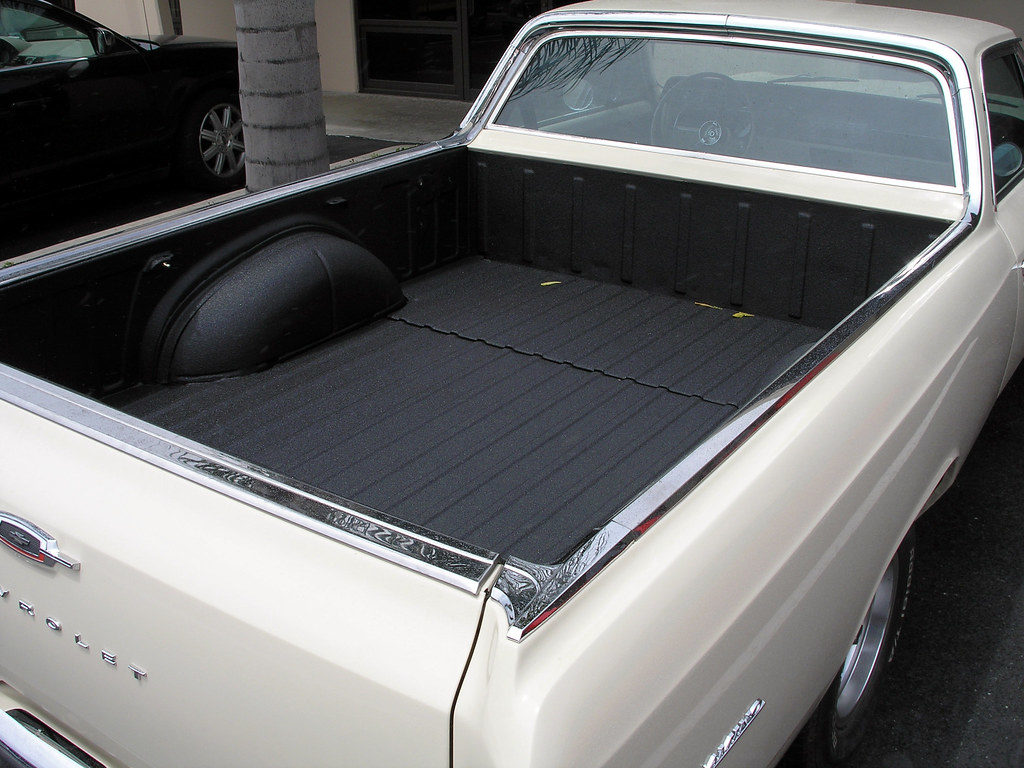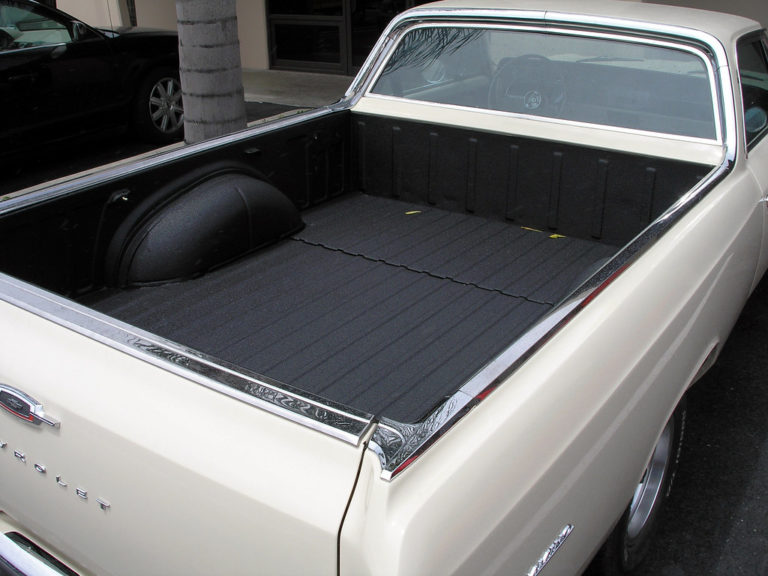
If there’s one thing we all know when it comes to loan agreements is that the devil is in the details. One mistake or one line you overlook in the loan agreement can lead to you overpaying. So, as cliché as it sounds, you really need to review the agreement thoroughly. That includes checking the fine prints. You also want to make sure that there is no mistake in the contract. Whether intentional or not, it could potentially be very costly to you.
When buying from a dealership, pay attention to the marked up-interest rates as well. If you don’t know what that it is, let us explain. When you borrow a certain amount from your lender, the lender will approve the loan at a certain interest rate. But when the dealership gives you the contract, they will mark up the interest rate. What you need to determine is by how much has the interest rate been increased. Some lenders will cap the markup at a maximum of 2% while others won’t do that. So, if your loan has been approved at an interest rate of 7%, signing a contract with an interest rate of 11% is not such a great idea. Negotiate to have them drop the interest rate, or find a dealership that won’t charge as much.
How to Avoid Overpaying on a Car Loan
Step #1. Ask for the VIN
VIN is short for Vehicle Identification Number. You want to make sure you are getting the right car. So, when reading the agreement check the VIN carefully and ensure it matches the car you are actually getting.
Step #2: Fill in the form carefully
It may sound silly, but even one mistake on the agreement can cost you a lot. Ensure from the get-go that your name is spelled correctly and your address and driver’s license number are right. You don’t want to risk having to do everything from scratch. You might miss out on a perfect deal just because of that. Not to mention the administrative fees the lender and dealership could charge you to correct the mistake if you notice it after signing the contract!
Step #3: Find out what additional fees you will have to pay

Even if the dealership or lender assures you that they don’t charge any fees for, there could very well be other costs associated with the loan, such as the kinds you need to even start the loan.
So, find out from the lender what fees you will have to pay them as well as to the department of motor vehicles. Also, ask them to advise you regarding the taxes you will have to pay. Consider doing this at the start of the process itself, so you can budget accordingly.
Once you’ve confirmed this with your lender, you can now turn to the dealership and ask them about the “out-the-door” price. This will help you determine if there are any other extra fees you will have to pay. And if you do this early one, the comparison you make between one dealership and another will be more accurate. You will also be able to determine legitimate fees from the bogus one from the start, and potentially allowing you to save both on time and money.
Step #4: Check for add-ons
You will able to smoke this one if you follow the tip we ae you at the start of this post. Essentially, some lenders will include products such as extended warranties or gap insurance in the agreement. Some dealers will try to install additional equipment that you didn’t ask for and don’t even need, only so they can charge you for them. If you asked for it, fine. But if you didn’t, then that’s just them trying to get you to sign for higher monthly payment.
How to Get the Best Deal Possible
Most loan agreements contain jargon you do not even understand. But since understanding the loan process, knowing what to look for in an auto loan agreement and knowing what’s in the agreements are keys to ensuring you get what you bargained for, there are a few things you can do.
One of the first things you want to do before even starting the search for the perfect car is getting preapproved. Most experts believe that getting this done first increases your chances of locking in a better interest rate.
The next thing to do is to compare one quote from another. But how will you do this if one loan agreement is completely different from the other? It’s simple. Ask to receive quotes based on the loan length and balance. The closer the term agreements are to each other, the easier it will be for you to compare them. Direct comparison between one loan and another will make finding the best offer easier too.

